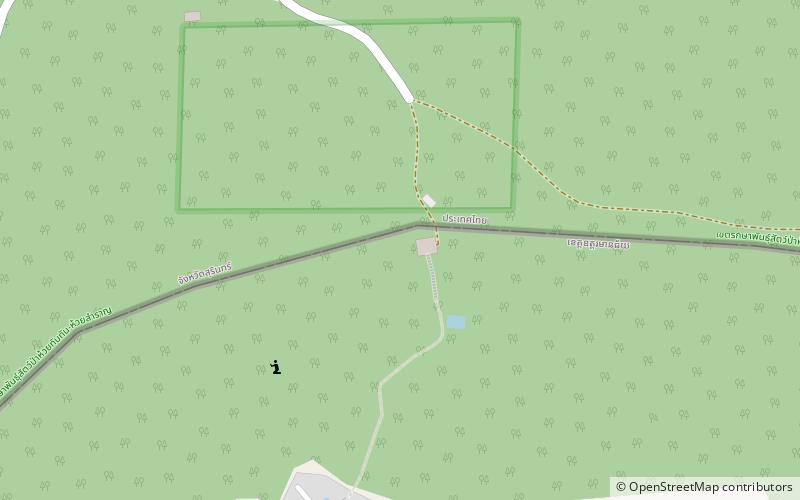Prasat Ta Muen Thom


Facts and practical information
Prasat Ta Muen Thom is an evocative Khmer-era temple complex nestled in the lush countryside of Thailand, near the border with Cambodia. As an archaeological site, it bears testament to the ancient architectural prowess and the spiritual heritage of the region. This temple, which dates back to the 13th century, was built during the reign of the Khmer Empire and is one of many such edifices sprinkled across Southeast Asia, illustrating the empire's once vast influence.
The name Prasat Ta Muen Thom translates to the "Great Muen Temple," and it stands as a silent sentinel on a strategic pass through the Dangrek Mountains, which historically served as a significant trade route. The complex is constructed from laterite and sandstone, materials commonly used in Khmer architecture, and features a central sanctuary surrounded by galleries and lesser towers. Intricate carvings and reliefs adorn the remnants of the temple, depicting Hindu deities and scenes from ancient lore, hinting at the religious significance of the site.
Today, Prasat Ta Muen Thom is not only a site of historical intrigue but also a place of serenity, offering panoramic views of the surrounding countryside. While not as well-known or as frequently visited as the monumental Angkor Wat, it provides a more off-the-beaten-path experience for those looking to delve into the region's past without the crowds.
